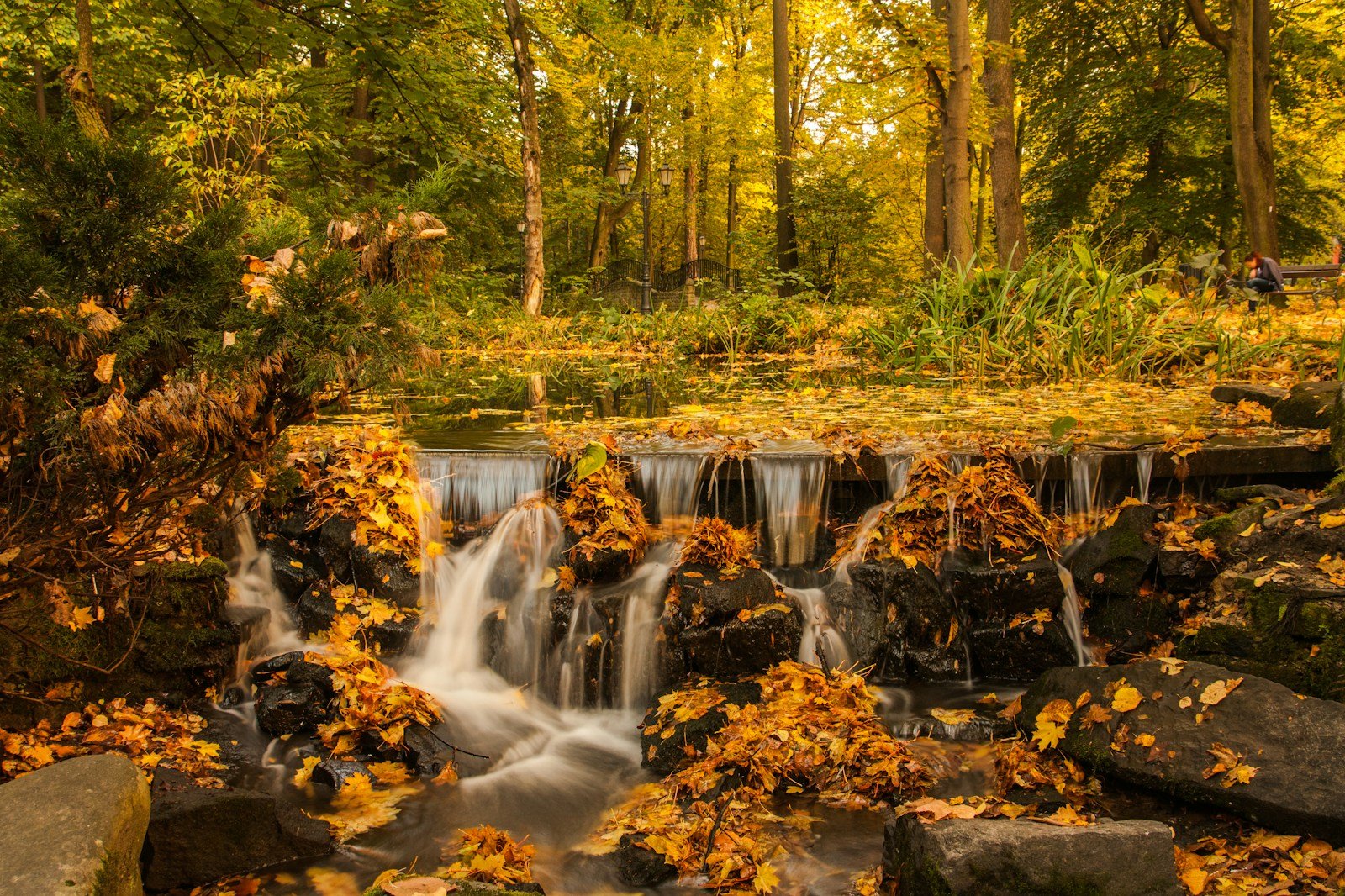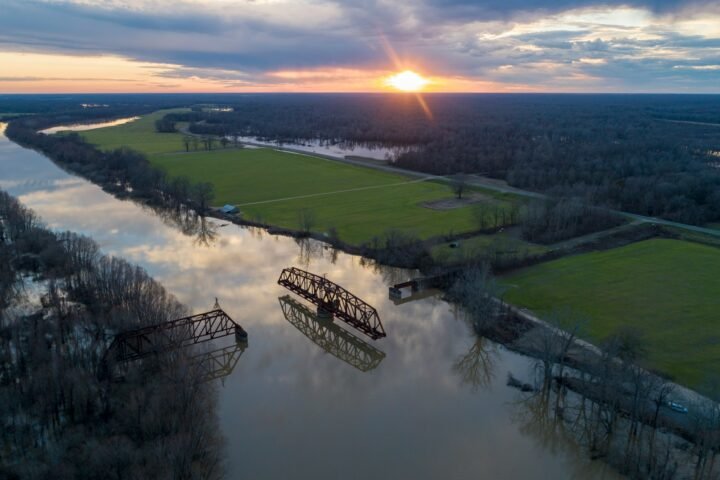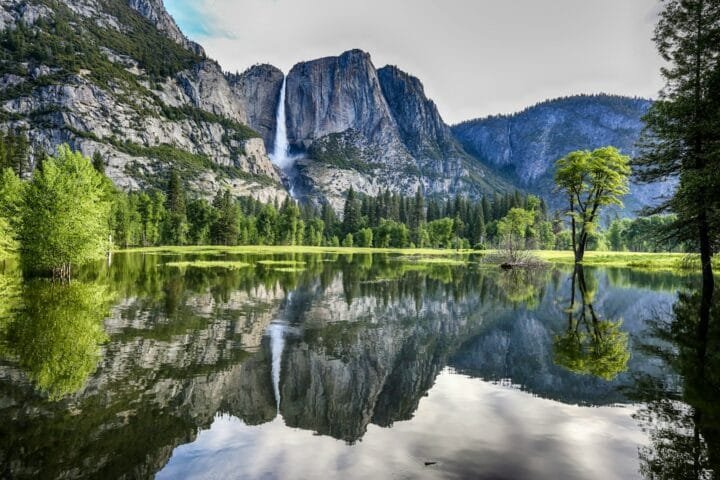Before European colonization, the eastern United States was almost entirely covered in temperate forests. From the late 18th to early 20th centuries, timber harvests and clearing for agriculture led to forest losses exceeding 90% in some areas. In the 1930s, efforts to revive the forests, coupled with the abandonment and subsequent reforestation of subpar agricultural fields, kicked off an almost century-long comeback for eastern forests. About 15 million hectares of forest have since grown in these areas.
During the period of regrowth, global warming was well underway, with temperatures across North America rising 0.7 degrees Celsius (1.23 degrees Fahrenheit) on average. In contrast, from 1900 to 2000, the East Coast and Southeast cooled by about 0.3 degrees Celsius (0.5 degrees Fahrenheit), with the strongest cooling in the southeast.





